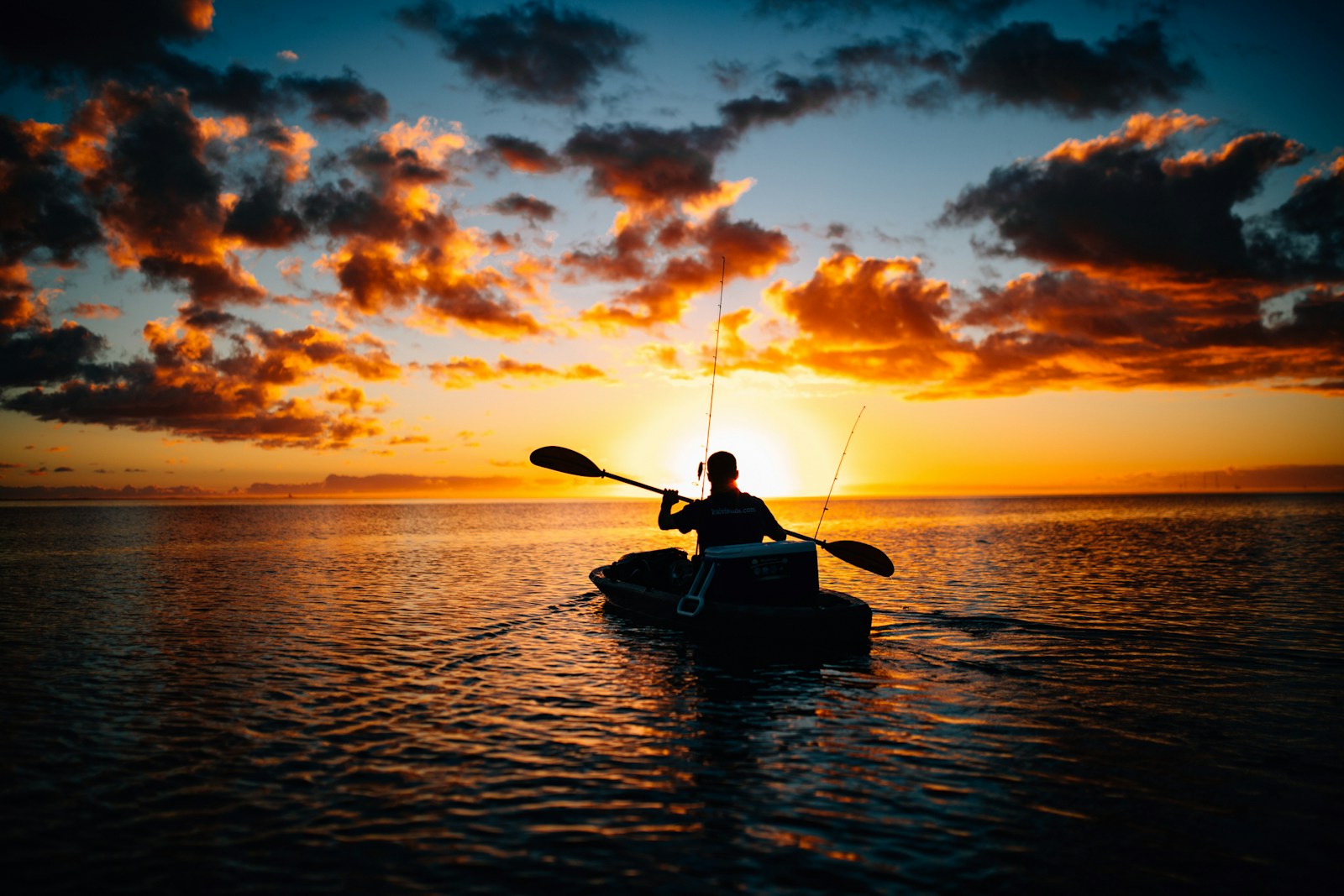America’s national parks offer some of the most spectacular waterways in the world, creating perfect playgrounds for paddling enthusiasts. From peaceful lakes reflecting mountain peaks to thundering rapids cutting through ancient canyons, these protected lands provide unparalleled settings for kayaking, rafting, and other water adventures. The unique combination of pristine waters, dramatic landscapes, and abundant wildlife makes national parks ideal destinations for aquatic explorers of all skill levels. Whether you’re seeking the adrenaline rush of navigating whitewater or the tranquility of gliding across a mirror-like lake at dawn, these parks offer water-based experiences that connect visitors with nature in profound ways.
Grand Canyon National Park: The Ultimate Rafting Challenge
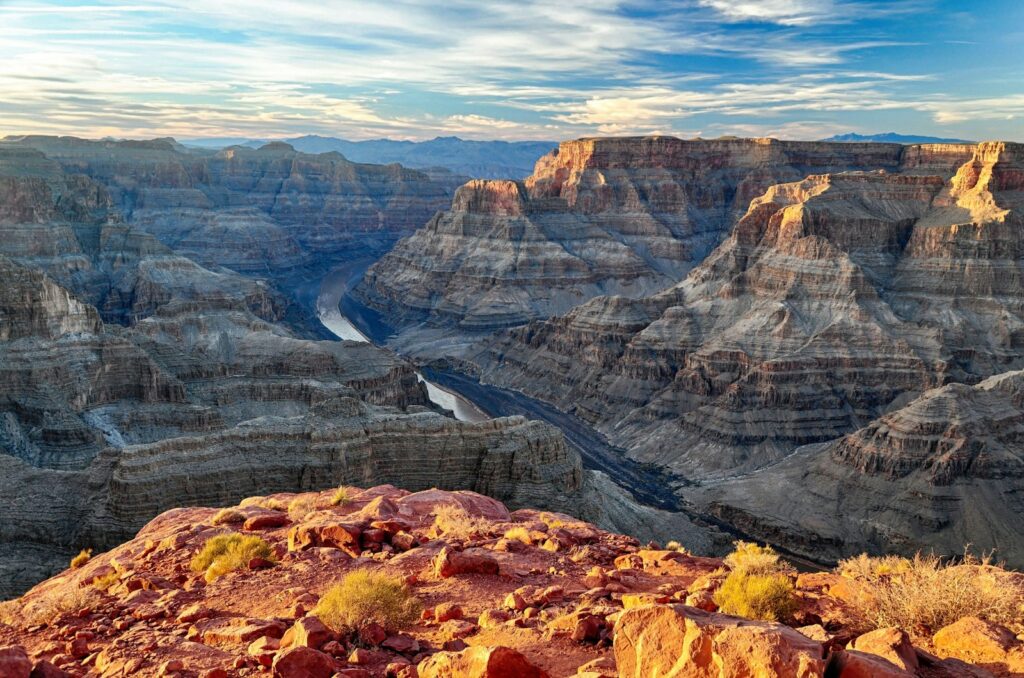
The Colorado River through Grand Canyon National Park offers what many consider the ultimate rafting adventure in North America. This iconic 277-mile journey takes paddlers through two billion years of Earth’s geological history, with towering canyon walls rising up to a mile above the river. Multi-day rafting trips range from 3 to 18 days, allowing adventurers to experience everything from heart-pounding rapids like Crystal and Lava Falls (Class IV-V) to serene stretches where the only sounds are the dip of oars and canyon wrens calling from the cliffs. Commercial trips are highly regulated, and permits for private trips are distributed through a weighted lottery system, with wait times often exceeding a decade. The best seasons for Grand Canyon rafting are late spring through early fall, though experienced paddlers sometimes brave the colder months for greater solitude.
Glacier Bay National Park: Kayaking Among Icebergs
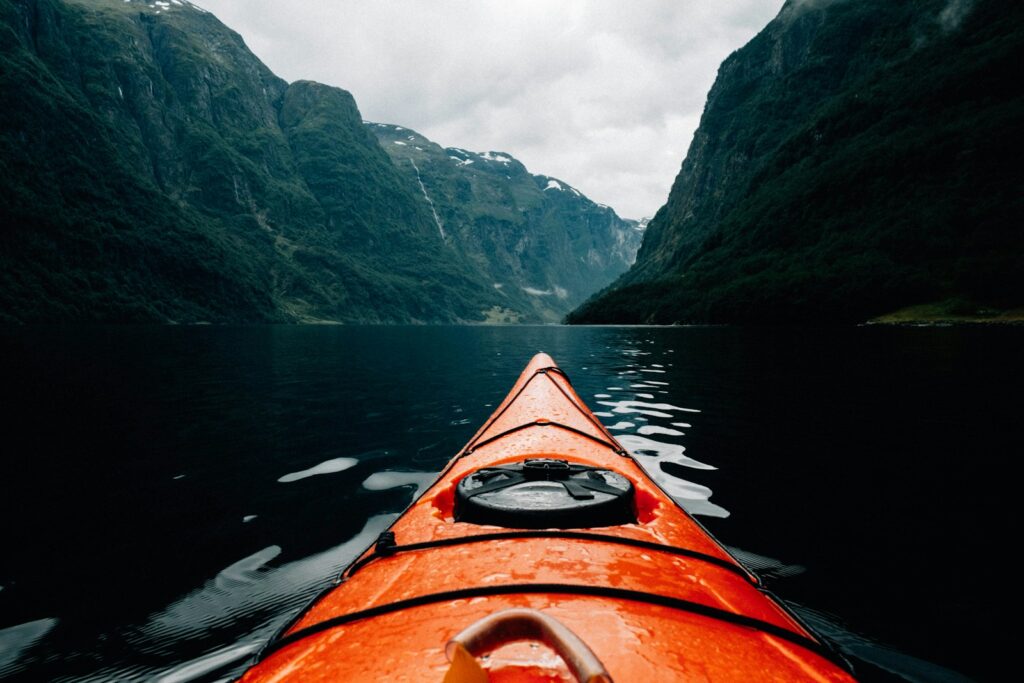
Alaska’s Glacier Bay National Park offers a paddling experience unlike any other, where kayakers can navigate through icy waters dotted with blue icebergs calved from active tidewater glaciers. The park encompasses 3.3 million acres of rugged mountains, dynamic glaciers, temperate rainforest, and deep fjords, creating a paddler’s paradise that changes with each season and even each day. Visitors can witness dramatic glacier calving events—when massive chunks of ice break off with thunderous cracks—while maintaining a safe distance on the water. Wildlife encounters are common, with harbor seals, sea otters, orcas, humpback whales, and bald eagles making regular appearances. Most paddlers begin their journeys from Bartlett Cove, either taking guided day trips or embarking on multi-day backcountry expeditions that require permits and careful planning for changing weather conditions and tides.
Everglades National Park: Mangrove Tunnel Adventures
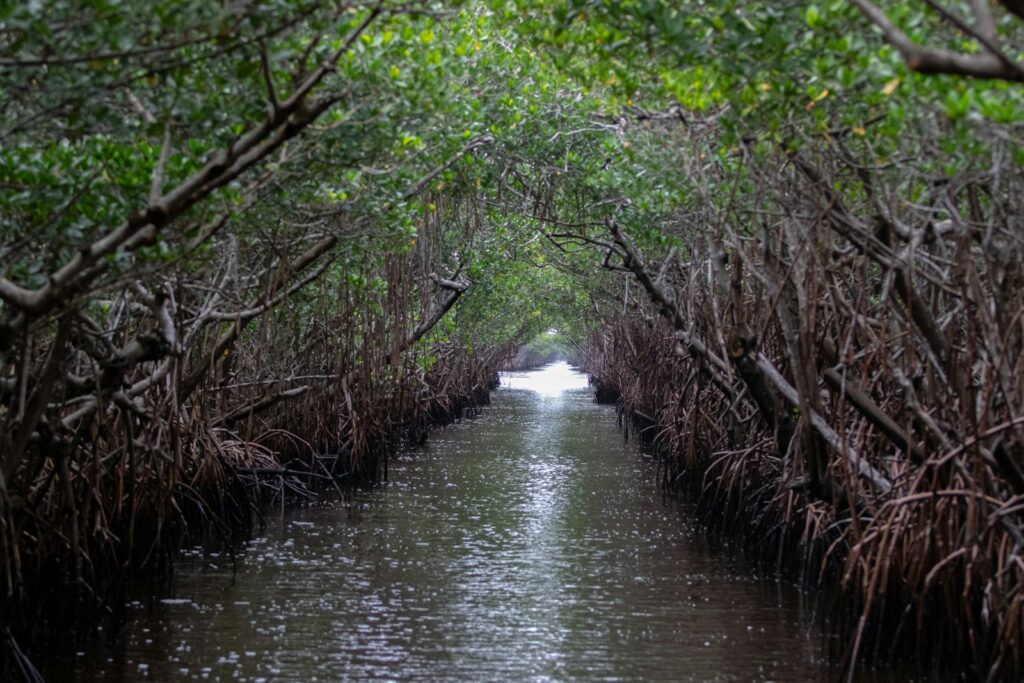
The largest subtropical wilderness in the United States, Everglades National Park offers paddlers a chance to explore its famous “river of grass” and mysterious mangrove tunnels through an extensive water trail system. The 99-mile Wilderness Waterway provides a challenging multi-day adventure for experienced paddlers, while shorter marked trails like Nine Mile Pond and Noble Hammock are perfect for day trips through shaded mangrove forests. Wildlife viewing opportunities are extraordinary, with alligators, manatees, dolphins, and over 360 bird species calling this ecosystem home. Winter and early spring (December through April) provide the most comfortable paddling conditions with lower humidity, fewer insects, and concentrated wildlife around remaining water sources. The park’s unique combination of freshwater sloughs, brackish water estuaries, and saltwater environments creates diverse paddling experiences that change dramatically with seasonal water levels.
Olympic National Park: Rivers and Coastal Sea Kayaking
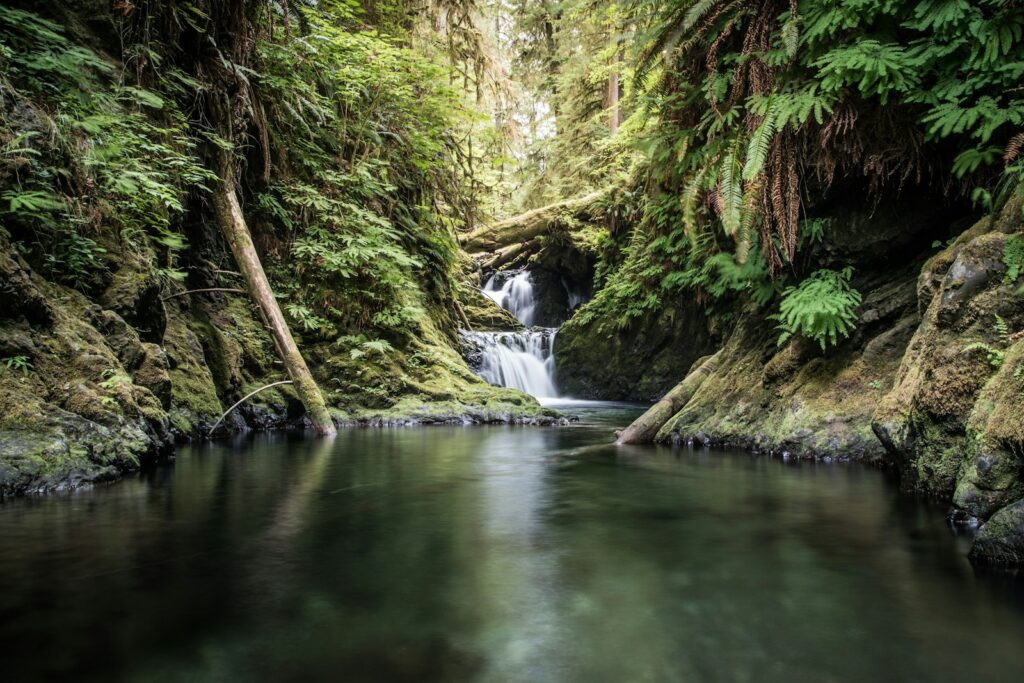
Olympic National Park in Washington state offers remarkable diversity for paddlers, with opportunities for both whitewater river running and coastal sea kayaking within the same protected area. The Elwha River, site of the largest dam removal project in U.S. history, has been reborn as a paddler’s paradise with sections ranging from gentle Class I-II waters to challenging Class III-IV rapids as it flows from the mountains to the Strait of Juan de Fuca. Along the park’s 73 miles of wild Pacific coastline, sea kayakers can explore rugged shores, sea stacks, and remote beaches while watching for sea otters, harbor seals, and migrating gray whales. Lake Crescent and Lake Quinault provide calmer paddling options with spectacular mountain views and old-growth forest surroundings. The best paddling season typically runs from late spring through early fall, though winter storm watching from protected bays offers a dramatic alternative for experienced coastal paddlers.
Voyageurs National Park: A Paddler’s Paradise
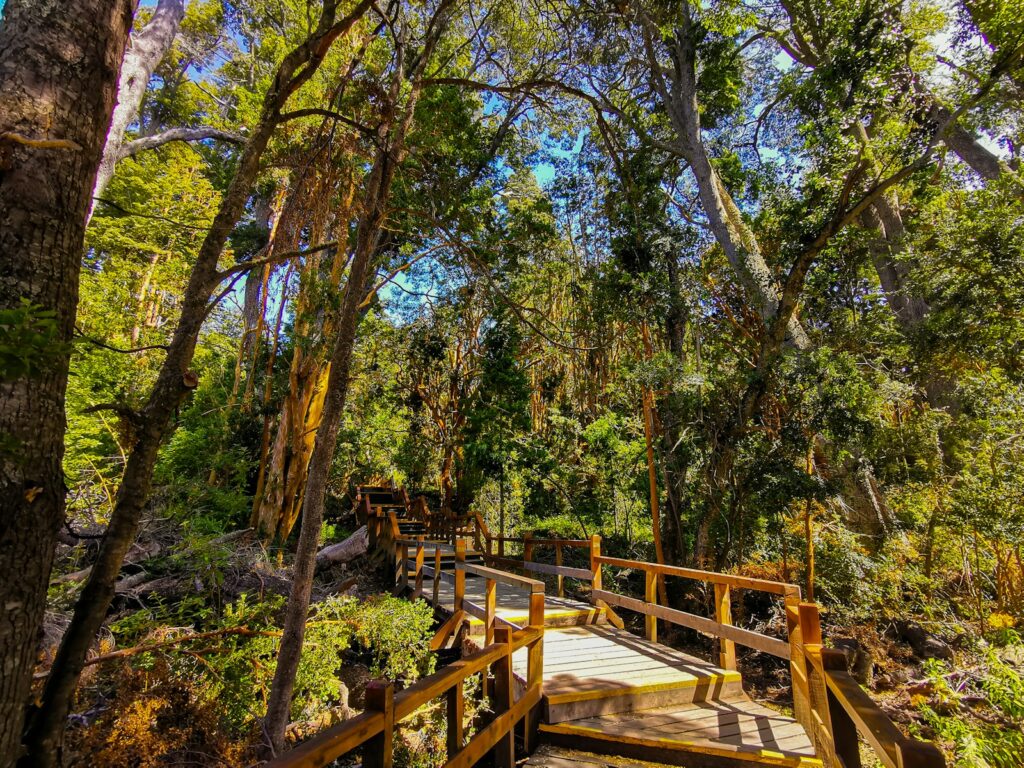
Named for the French-Canadian fur traders who traveled its waterways, Voyageurs National Park in northern Minnesota is a paddler’s dream destination with over 30 lakes and more than 900 islands. This water-based park requires boats to access much of its 218,000 acres, making it perfect for kayak and canoe camping adventures. The interconnected waterways of Rainy, Kabetogama, Namakan, and Sand Point Lakes offer hundreds of miles of shoreline to explore, with designated water trails guiding paddlers through some of the most scenic routes. The park’s remote location near the Canadian border creates opportunities for incredible stargazing, including frequent northern lights displays during clear nights. Summer brings warm waters perfect for swimming, while fall offers spectacular foliage reflections that double the visual impact of changing colors. Winter even provides unique paddling possibilities, as some adventurous visitors explore portions of the park by kayak between ice formations.
Biscayne National Park: Crystal Clear Kayaking
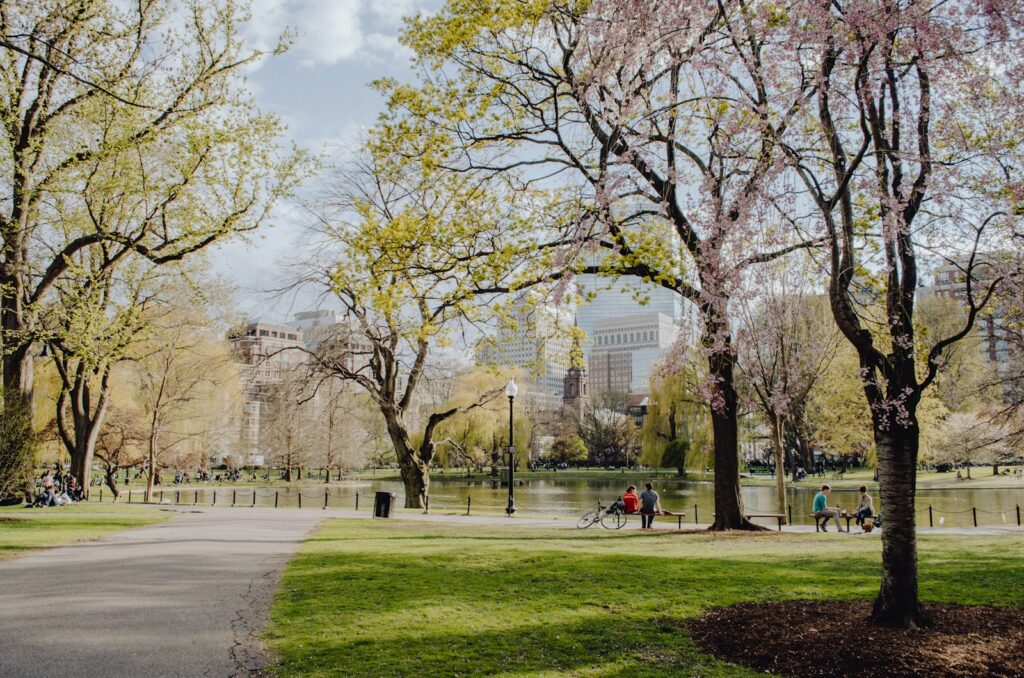
Just south of Miami lies Biscayne National Park, where 95% of the park exists underwater, creating ideal conditions for kayaking over crystal-clear shallows and colorful coral reefs. The maritime heritage trail guides paddlers to several shipwrecks visible from the surface, including the Mandalay, a steel-hulled schooner that ran aground on Long Reef in 1966. The park’s unique combination of emerald islands, vibrant coral reefs, and aquamarine waters makes it a standout destination for paddlers seeking tropical adventures without leaving the continental United States. Paddling among the park’s keys (islands) provides opportunities to spot manatees, dolphins, sea turtles, and over 500 species of reef fish through water so clear it sometimes creates the illusion of floating on air. Winter months generally offer calmer conditions, though paddlers should always check weather forecasts and be aware that afternoon thunderstorms are common during summer months.
Yellowstone National Park: Geothermal Paddling Experiences
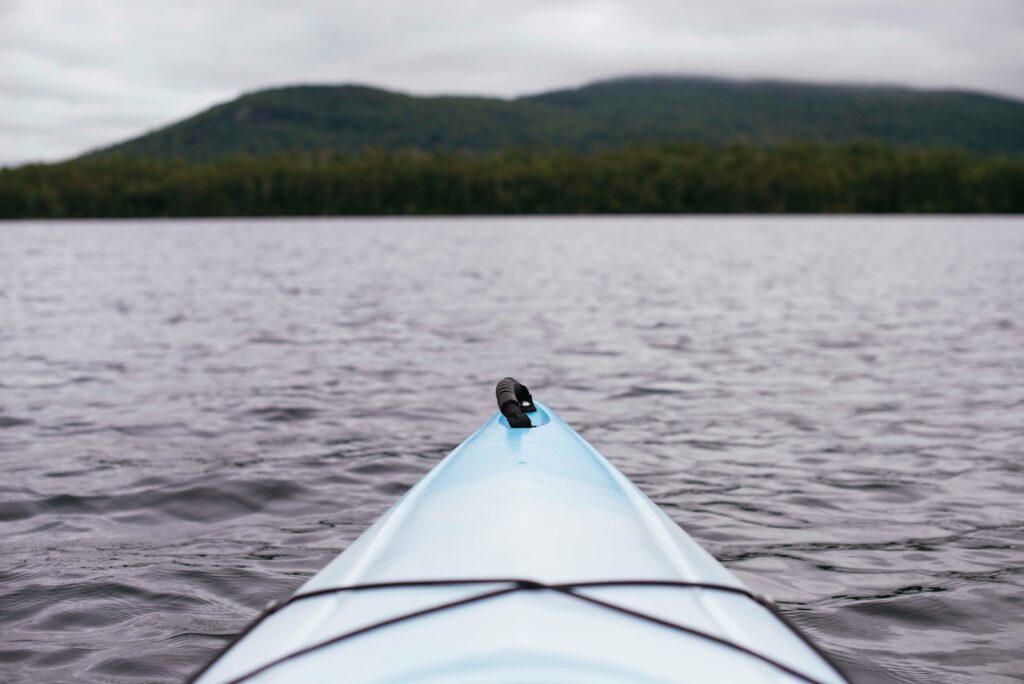
While most visitors associate Yellowstone with geysers and wildlife, the park’s lakes offer unique paddling experiences where thermal features meet pristine waters. Yellowstone Lake, the largest high-elevation lake in North America at 7,733 feet, spans 136 square miles with 110 miles of shoreline and several geothermally active areas that paddlers can safely observe from the water. The Southeast Arm and South Arm provide remote, backcountry paddling opportunities where kayakers can camp on isolated beaches and possibly spot wolves, bears, and eagles along the undeveloped shoreline. Lewis Lake and Shoshone Lake offer another remarkable paddling circuit, with Shoshone Lake accessible only by boat and containing the largest backcountry geyser basin in the park along its western shore. Paddling season is relatively short, typically from June through September, as ice can linger on Yellowstone Lake into early summer and sudden storms can create dangerous conditions requiring paddlers to be self-sufficient and prepared for rapid weather changes.
Acadia National Park: Atlantic Coastal Paddling
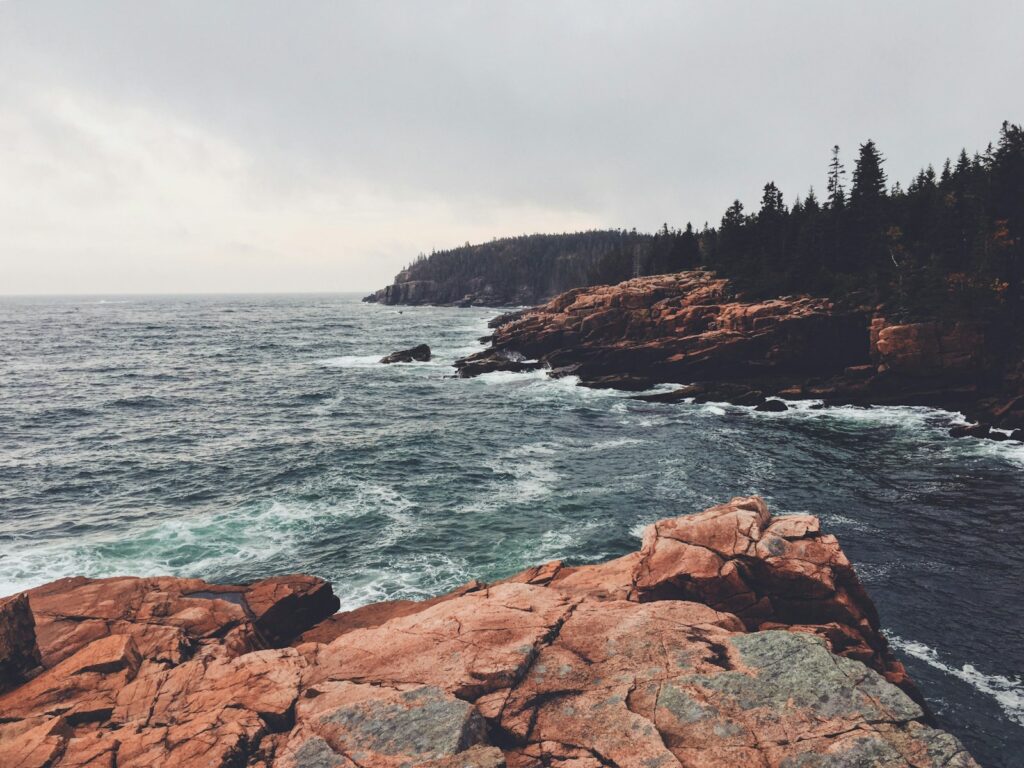
Maine’s rugged coastline provides the backdrop for unforgettable sea kayaking adventures in Acadia National Park, where paddlers can explore the shorelines of Mount Desert Island and the Schoodic Peninsula. Protected coves and inlets offer refuge from the open Atlantic, making this area accessible to paddlers of various skill levels while still providing scenic views of the park’s iconic granite mountains that rise directly from the sea. The western side of Mount Desert Island offers more sheltered paddling through Somes Sound, often described as the only true fjord on the eastern seaboard of the United States. Wildlife viewing opportunities include harbor seals, porpoises, bald eagles, and numerous seabird colonies, particularly on the offshore islands. Fog can roll in quickly, especially during summer mornings, creating ethereal paddling conditions but requiring navigational skills and safety precautions, including marine radios, GPS devices, and appropriate marine charts.
Canyonlands National Park: Desert River Adventures
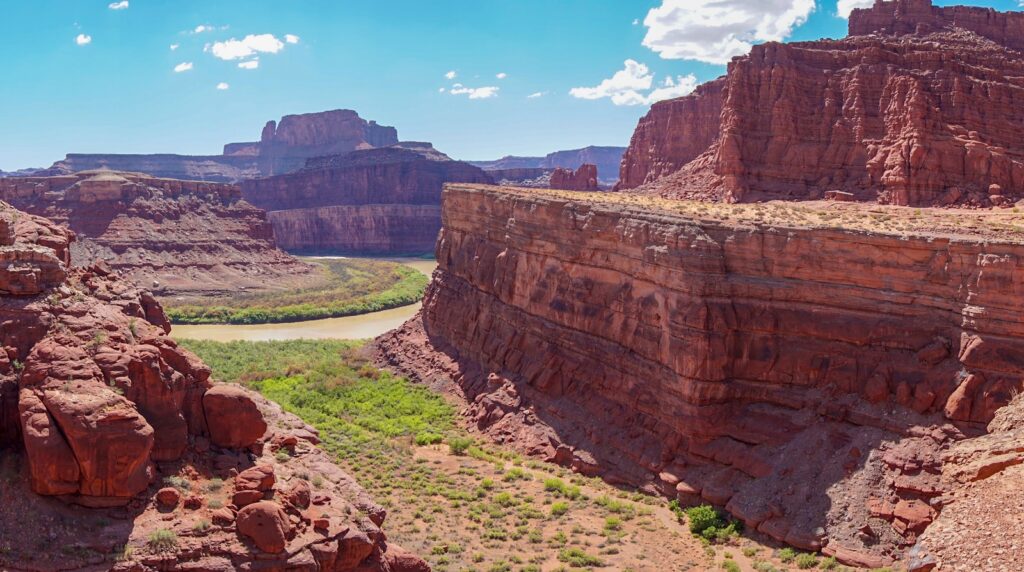
The confluence of the Green and Colorado Rivers creates a paddler’s playground within Canyonlands National Park, where dramatic red rock canyons provide a stunning backdrop for multi-day river expeditions. The 52-mile section of the Green River from Mineral Bottom to Spanish Bottom takes paddlers through Stillwater Canyon, a peaceful stretch with Class I water that allows ample time for side hikes to ancient Ancestral Puebloan ruins and petroglyphs. The Colorado River through Meander Canyon offers similar calm water paddling opportunities with incredible geological features, including towering sandstone walls and natural arches visible from river level. Below the confluence, Cataract Canyon offers a distinct challenge, boasting over 14 miles of challenging Class III-V rapids, such as Satan’s Gut and The Big Drops, which attract experienced whitewater enthusiasts from all over the world. Spring runoff (May-June) creates the biggest whitewater conditions, while late summer and fall trips offer warmer water and more moderate rapids.
Channel Islands National Park: Sea Cave Exploration
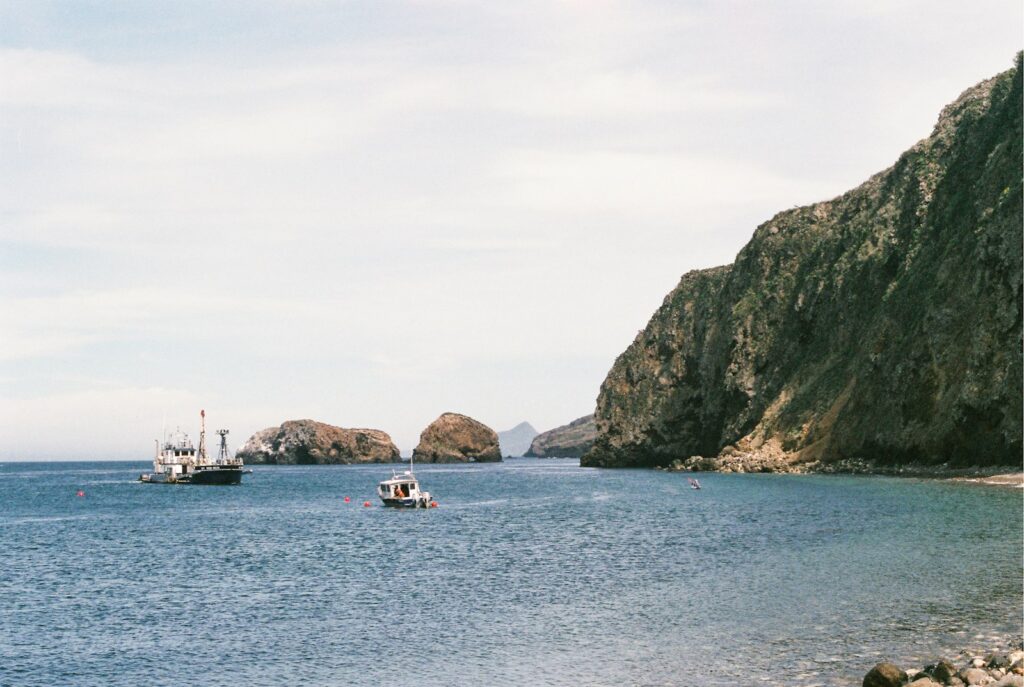
Often called “the Galapagos of North America,” Channel Islands National Park off the California coast offers world-class sea kayaking through its numerous sea caves, arches, and kelp forests. The islands of Santa Cruz and Anacapa feature the highest concentration of sea caves in the park, including Painted Cave on Santa Cruz Island, one of the largest and deepest sea caves in the world at nearly a quarter-mile long. Paddlers navigate through surge channels and cathedral-like chambers where colorful algae and mineral deposits create spectacular natural artwork on the cave walls. The islands’ isolation has created unique ecosystems with plants and animals found nowhere else on Earth, including the island fox and scrub jay. Marine mammals abound in these protected waters, with common sightings of harbor seals, sea lions, dolphins, and seasonal blue and humpback whales. Summer and early fall generally provide the calmest sea conditions, though experienced paddlers with proper equipment and local knowledge can explore year-round.
New River Gorge National Park: Whitewater Thrills
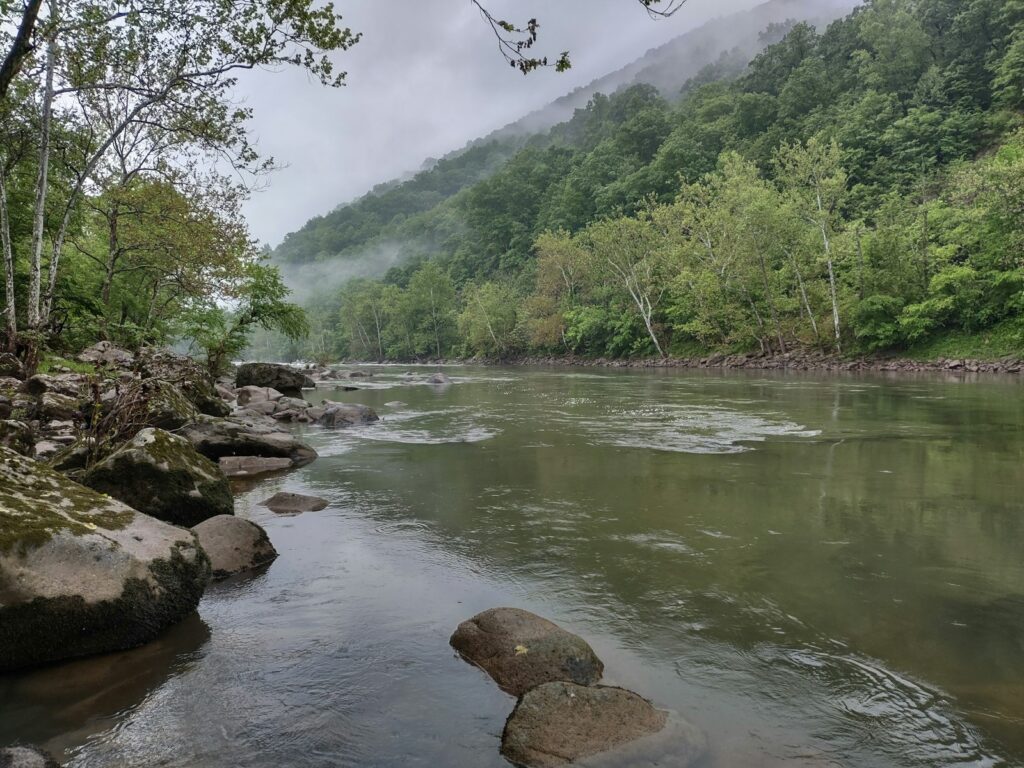
America’s newest national park, New River Gorge in West Virginia, protects one of the oldest rivers in North America and some of the best whitewater east of the Mississippi. Despite its name, the New River is geologically ancient, cutting a deep gorge through the Appalachian Plateau and creating over 53 miles of free-flowing whitewater within the park boundaries. The Upper New offers more family-friendly Class I-III rapids flowing through pastoral landscapes, while the Lower New delivers nearly continuous Class III-IV whitewater through a spectacular gorge beneath the iconic New River Gorge Bridge. Seasonal water levels dramatically change the paddling experience, with spring high water creating powerful hydraulics and massive waves, while summer and fall levels expose more rocks but create technical boulder-garden rapids that are equally challenging in different ways. Commercial rafting outfitters operate from April through October, while private paddlers in rafts, kayaks, and canoes explore year-round, with each season offering distinct vegetation, wildlife viewing, and water conditions.
Big Bend National Park: Rio Grande Adventures
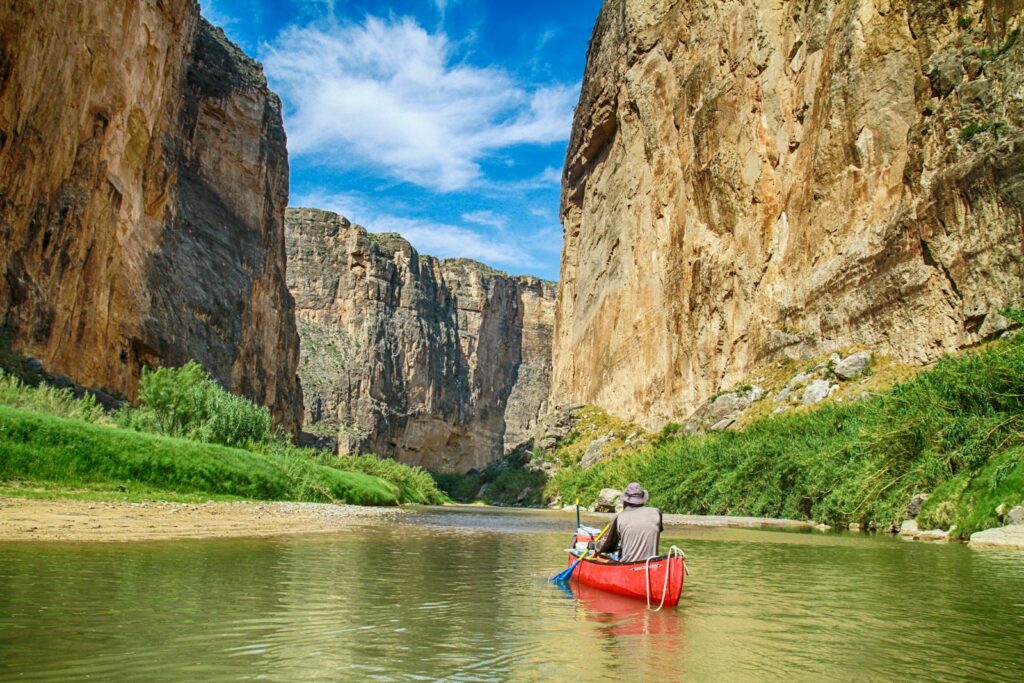
The Rio Grande forms the southern boundary of Big Bend National Park in Texas, creating 118 miles of protected river corridor through desert landscapes and dramatic canyons. Santa Elena, Mariscal, and Boquillas Canyons provide the most spectacular paddling experiences, with limestone walls rising up to 1,500 feet above the river, creating an intimate wilderness experience despite being just a few hours from major Texas cities. Water levels fluctuate dramatically with seasonal rainfall and upstream dam releases, transforming placid sections into challenging whitewater and occasionally making rapids impassable, requiring careful planning and current information before any paddling trip. The international nature of the river—flowing between the United States and Mexico—creates a unique cultural experience where paddlers might encounter residents from Mexican villages using the river for transportation and resources. October through April provides the most comfortable paddling conditions, avoiding summer heat that can exceed 100°F in this desert environment while still offering reliable water levels in most sections.
Planning Your National Park Paddling Adventure
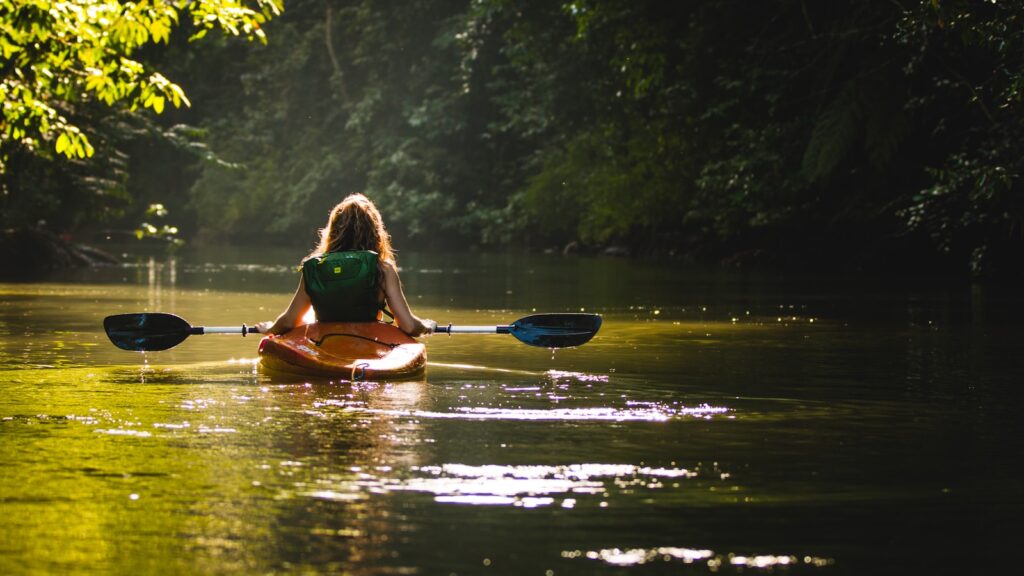
Successfully navigating the logistics of a paddling trip in national parks requires careful preparation and understanding of specific regulations that vary significantly between parks. Many parks require permits for both day use and overnight paddling, with some competitive systems opening reservations months in advance or distributing permits through lotteries due to high demand for limited river access. Safety considerations should include appropriate PFDs (personal flotation devices), communication devices that work in remote areas, first aid supplies, and navigation tools specific to the environment—from marine charts for coastal paddling to river guides detailing rapids and portages. Environmental ethics are particularly important in these protected areas, with paddlers expected to follow Leave No Trace principles, use established campsites where required, and properly manage waste, including human waste, through portable toilet systems on many river corridors. Hiring local guides or outfitters for first-time visits often provides valuable knowledge of local conditions while supporting conservation through proper fees and sustainable practices.
Conclusion
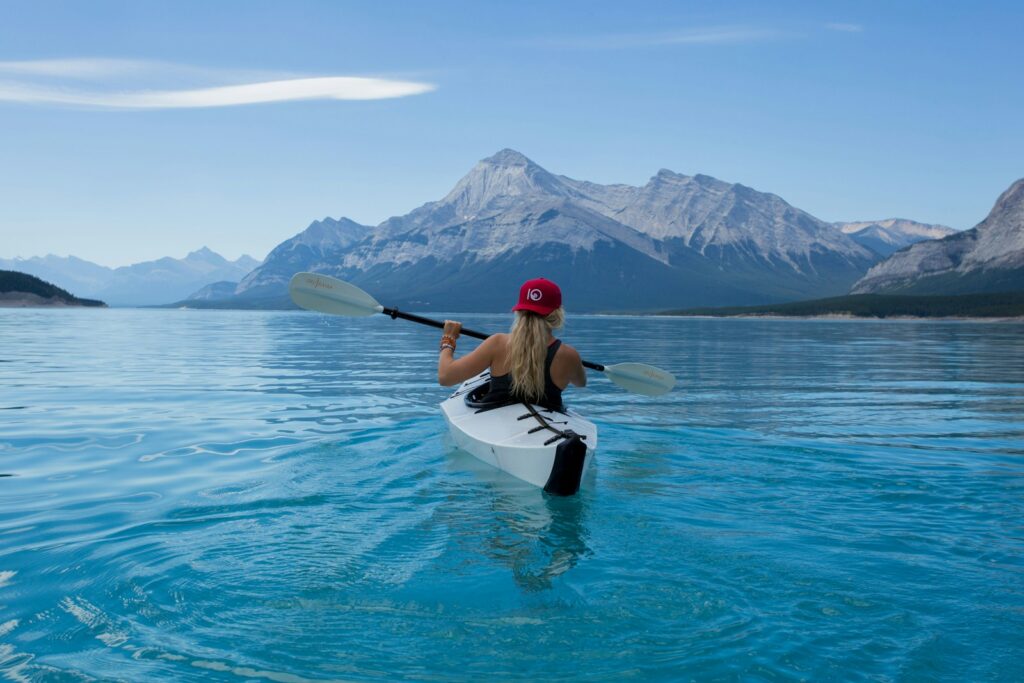
From thundering desert canyons to tranquil northern lakes, America’s national parks offer extraordinary paddling experiences that connect visitors with these protected landscapes in uniquely intimate ways. The diversity of water environments within the national park system means paddlers of all interests and skill levels can find their perfect adventure, whether that’s challenging world-class whitewater or peaceful flat-water exploration. These water journeys often provide access to parts of parks that remain unseen by the majority of visitors, revealing hidden waterfalls, secluded beaches, and wildlife viewing opportunities impossible to experience from land. As you plan your next outdoor adventure, consider exploring these national treasures from water level—where the perspective transforms familiar landscapes and creates memories that last a lifetime.

